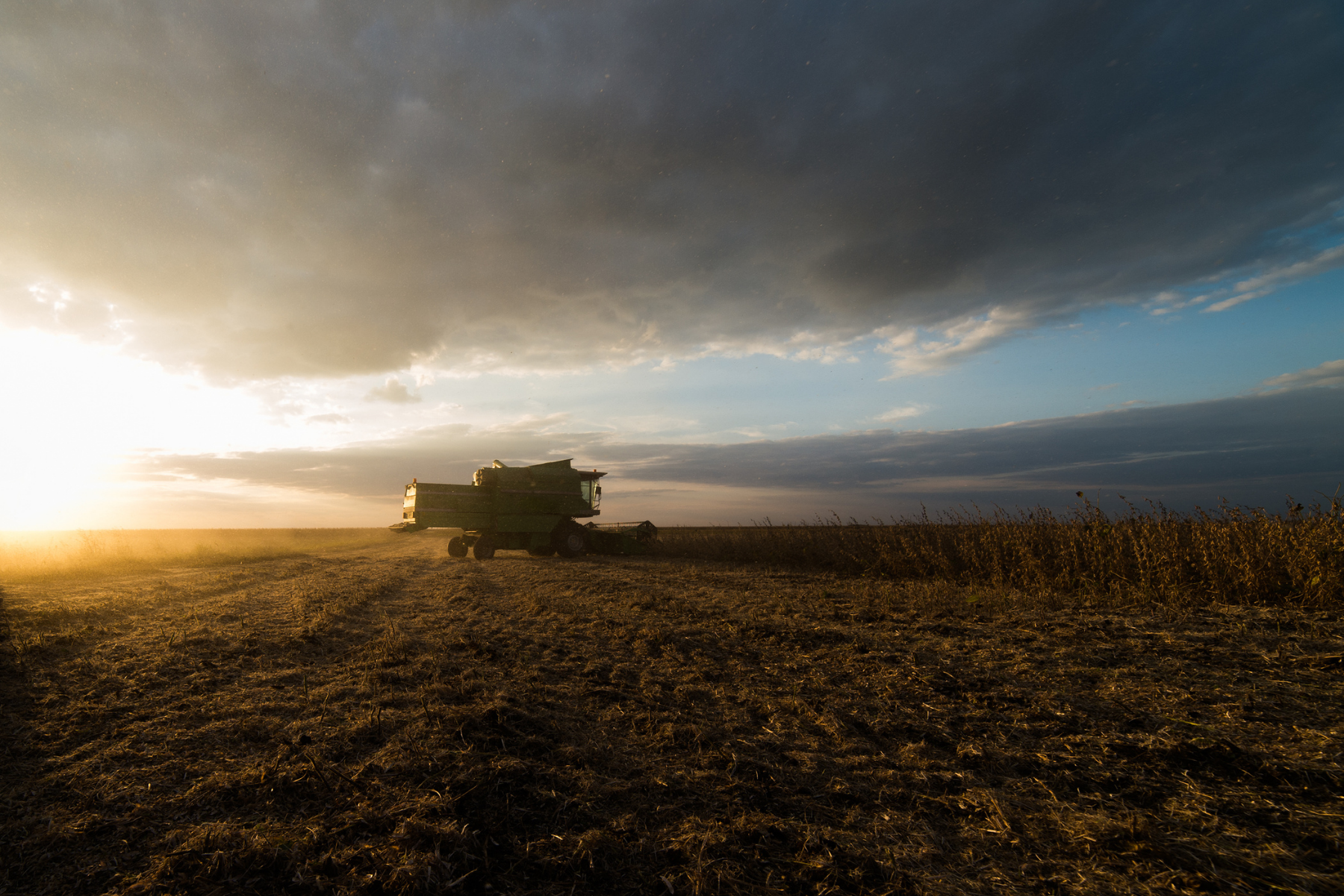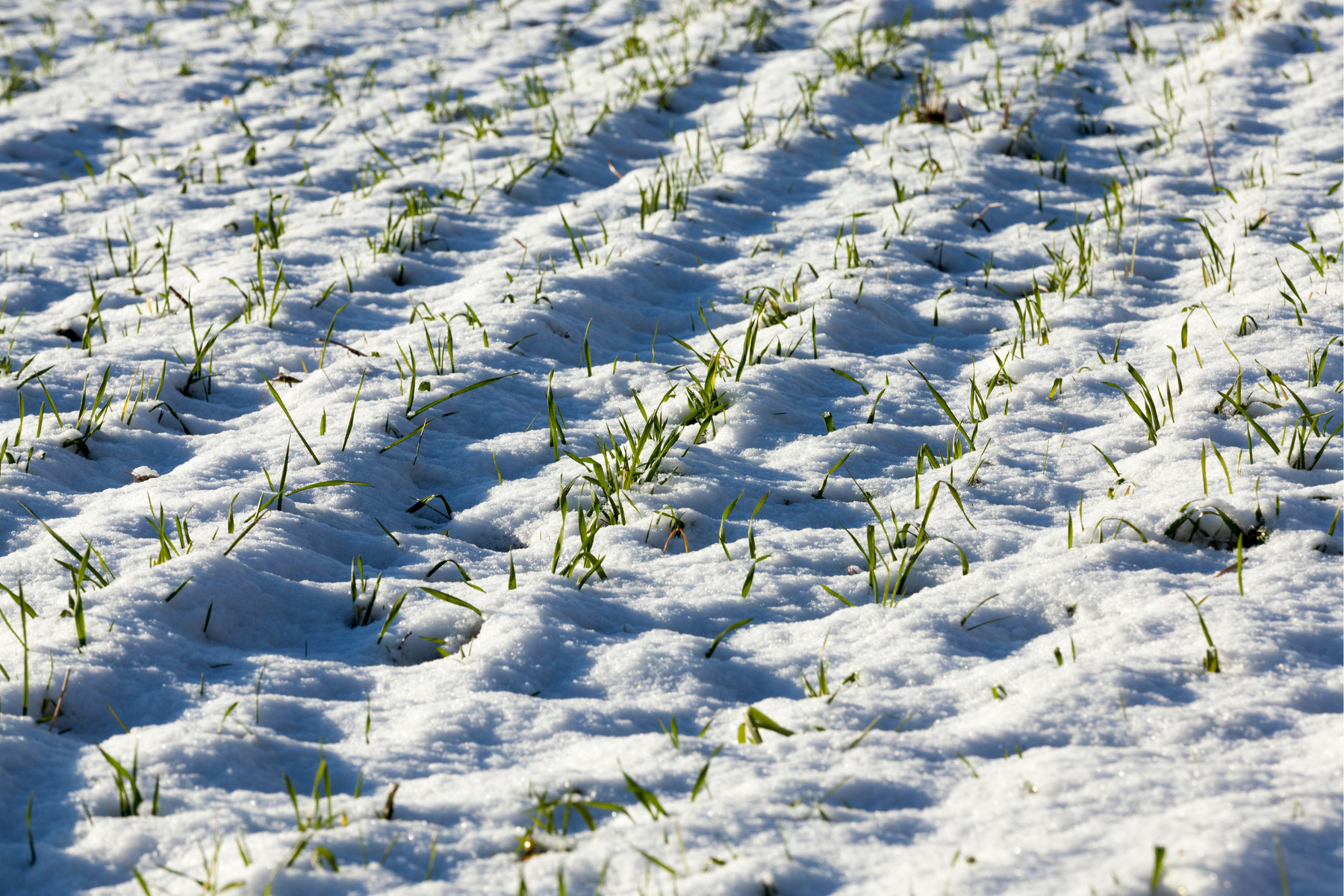The agricultural industry is no stranger to uncertainties, and one of the most daunting challenges for farmers is dealing with late-season corn diseases and the potential emergence of mycotoxins, particularly after a wet growing season. In this comprehensive guide, we’ll take a deep dive into the world of late-season corn diseases, explore common challenges such as gray leaf spot and stalk rot, and delve into the lurking dangers of mycotoxins, including aflatoxin, deoxynivalenol (DON), and fumonisins. Armed with knowledge, farmers can better prepare and protect their crops against these threats.
Late-Season Corn Diseases: An Overview
Late-season corn diseases can be the bane of a farmer’s existence. They emerge when the crop is in its maturity stages, and a combination of factors, such as high humidity, rainfall, and insufficient airflow, provides an ideal environment for disease development. Among the most notorious late-season corn diseases are gray leaf spot, stalk rot, and fusarium.
Gray Leaf Spot: The Sneaky Threat
Gray leaf spot, caused by the fungus Cercospora zeae-maydis, is a common foliar disease that often emerges in late summer. Symptoms include elongated lesions with gray centers and irregular margins on the leaves. Gray leaf spot can wreak havoc on your corn crop by reducing photosynthetic surface area, thereby decreasing energy production and, ultimately, grain fill.
Stalk Rot: Weakening the Foundation
Stalk rot is a disease that can lead to lodging, where corn plants weaken and become susceptible to falling over. Wet conditions, typical of many wet growing seasons, exacerbate this issue, making it crucial to monitor stalk strength meticulously.
Fusarium: The Risk of Ear Rot and Mycotoxins
Fusarium, a fungal genus encompassing species like Fusarium graminearum and Fusarium verticillioides, poses a dual threat to corn crops. It can lead to ear rot, affecting the quality and yield of your corn. However, the real danger lies in the mycotoxins it produces, such as DON and fumonisins. These mycotoxins are hazardous to both livestock and human health, making their management of utmost importance.
Preventing Late-Season Corn Diseases
To shield your corn crop from late-season diseases, adopting preventive measures and implementing timely management is key:
- Scouting for Disease: Vigilance Pays Off
Regular field inspections are your first line of defense. Look for telltale signs of disease, such as discolored leaves, lesions, or wilting plants. Early detection is the cornerstone of effective disease management. - Fungicide Application: A Strategic Approach
Consider applying fungicides when disease pressure is high, especially in regions susceptible to late-season diseases. Consult with local agronomists to choose the most suitable fungicide options, taking into account factors like disease severity and crop stage. - Strengthening Stalks: A Preventative Measure
To mitigate stalk rot, focus on reducing plant stress factors. Nutrient imbalances and excessive moisture are common culprits that can increase the risk of stalk rot. Ensure your plants are healthy and robust. - Hybrid Selection: Choosing Wisely
Your choice of corn hybrids can make a significant difference. Opt for hybrids that display resistance or tolerance to late-season diseases. These hybrids offer an added layer of protection for your crop.
The Threat of Mycotoxins in Wet Seasons
Wet conditions during the growing season can spell trouble in the form of mycotoxins. These toxic compounds, produced by molds like Aspergillus and Fusarium, can contaminate your corn crop and have dire consequences.
- Aflatoxin: The Silent Assassin
Aflatoxin contamination is a grave concern for both human and animal consumption. High aflatoxin levels can lead to crop rejection and significant financial losses. This mycotoxin can also pose severe health risks to consumers. - Deoxynivalenol (DON): The Vomitoxin
DON, aptly nicknamed “vomitoxin,” can lead to feed refusal in livestock and has harmful health effects on animals. Mycotoxin management is essential to prevent DON contamination in your crop. - Fumonisins: Poultry and Swine Under Threat
Fumonisins are particularly hazardous to poultry and swine. Consumption of corn contaminated with fumonisins can lead to various health problems. Ensuring their absence in your crop is vital.
Mycotoxin Management
Preventing mycotoxins from infiltrating your corn crop is a multi-faceted effort that requires a combination of strategies:
- Regular Testing for Early Detection
Regular testing for mycotoxin levels in your corn is the first step in mycotoxin management. Early detection allows you to take appropriate action to mitigate mycotoxin contamination. - The Balance of Moisture Content
Harvest your corn at the right moisture content to minimize the risk of mycotoxin development. Consult with your local extension office for guidance on optimal harvest timing. - Grain Storage: The First Line of Defense
Ensure your grain storage facilities are clean, dry, and well-ventilated. Proper grain storage is critical to preventing the spread of mycotoxins in your crop.
- Mycotoxin Binders: A Proactive Approach
Consider using mycotoxin binders as a proactive measure to reduce the impact of mycotoxins on livestock. These binders can help neutralize mycotoxins, making them less harmful to animals. - Seek Expert Advice
Collaborate closely with Sylvite’s agronomists and agricultural experts who can provide tailored advice based on your specific situation and regional conditions. Their experience and expertise are invaluable in managing mycotoxins effectively.
Safeguarding Your Harvest
Late-season corn diseases and mycotoxins are challenges that farmers need to address head-on. Armed with the knowledge and strategies presented in this comprehensive guide, you can significantly reduce the impact of these issues and enjoy a successful and profitable harvest season.
By staying informed, proactive, and collaborating with Sylvite’s agronomists and agriculture experts, you can protect your investment and ensure the safety of your livestock and consumers.
Remember, prevention and early action are your best allies. With the right practices in place, you can navigate the complexities of late-season corn diseases and mycotoxins with confidence.
Additional Resources
- Taking the Flight to Fusarium: Ongoing Research to Mitigate Its Impact (Ontario Grain Farmer Magazine)
- Market Trends Report – August & September 2023 (Grain Farmers of Ontario)
- What’s Causing Mold and Potential Mycotoxin Growth in Corn? (Progressive Dairy)
- Tar Spot of Corn: What to Know and New Research (Purdue University)
- Three Corn Diseases to Watch for in 2023 (Crop Protection Network)
- How Does Corn Disease Affect Silage Quality? (Bayer)
- Impact of Myotoxins on Humans and Animals (ScienceDirect)




